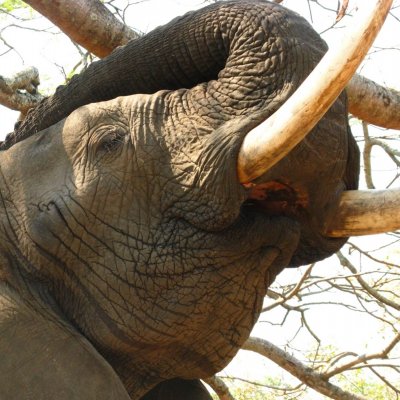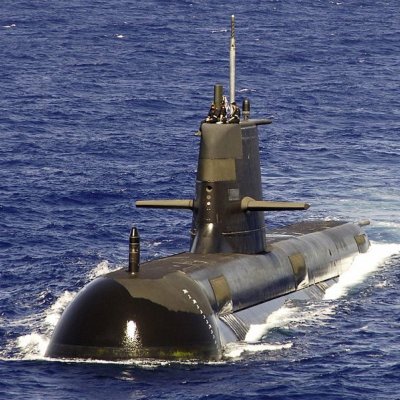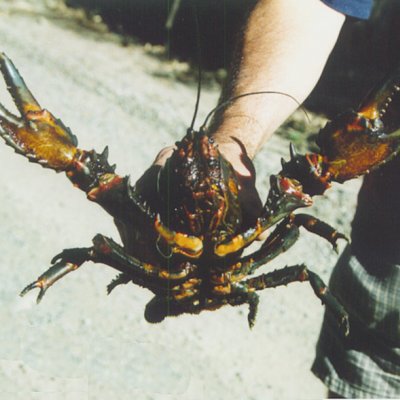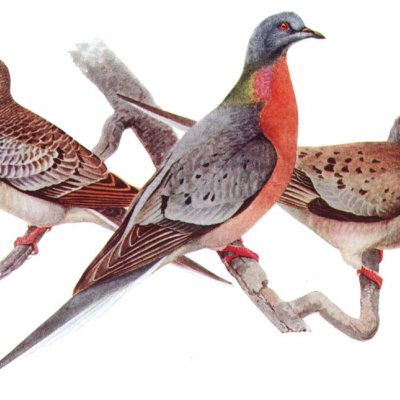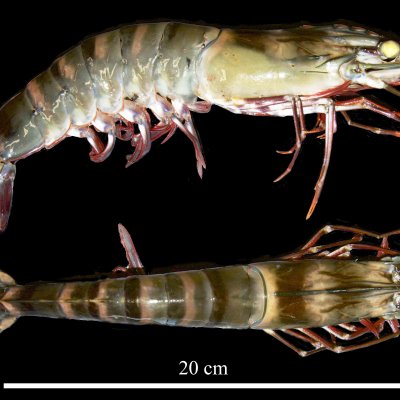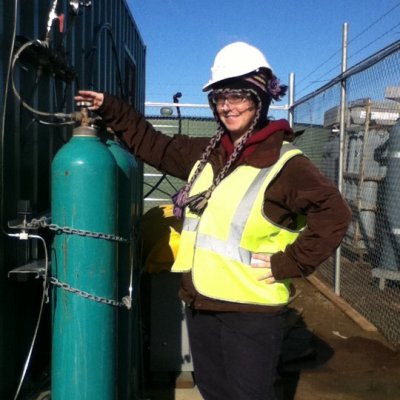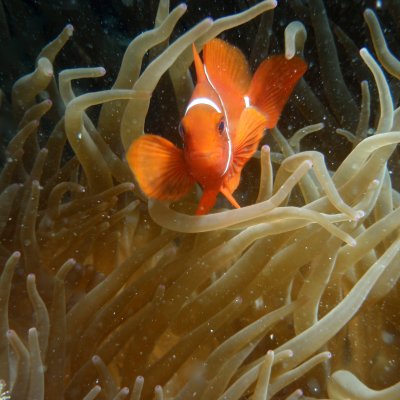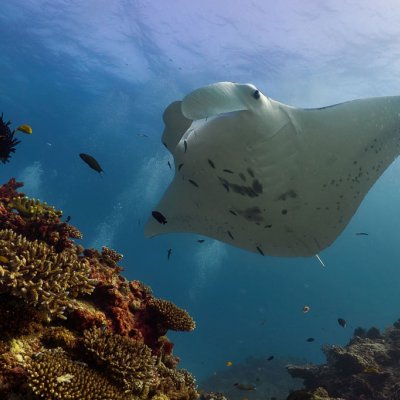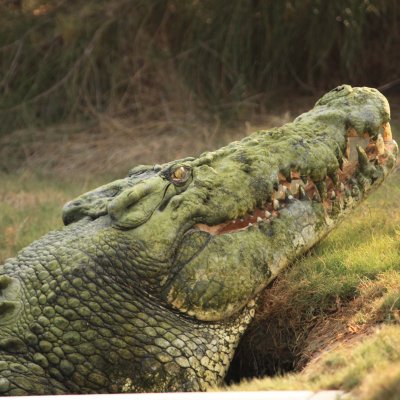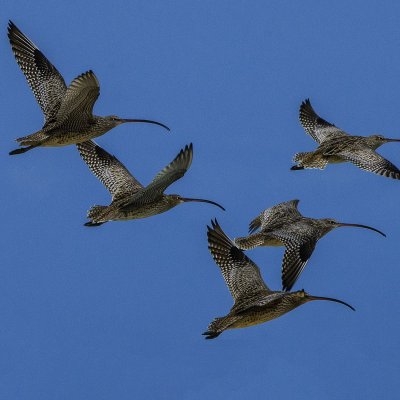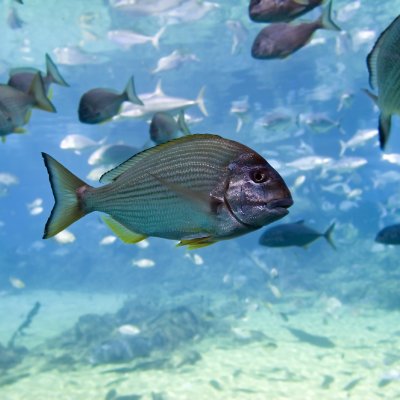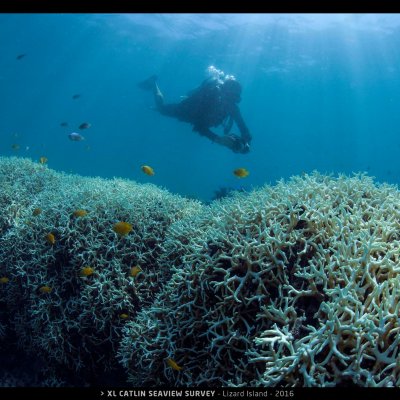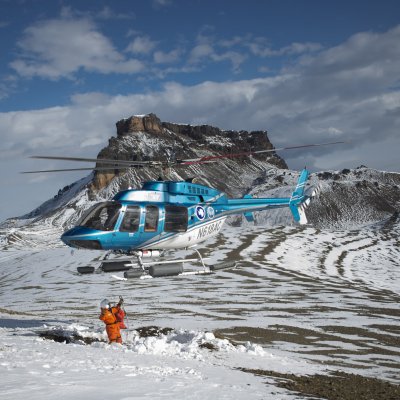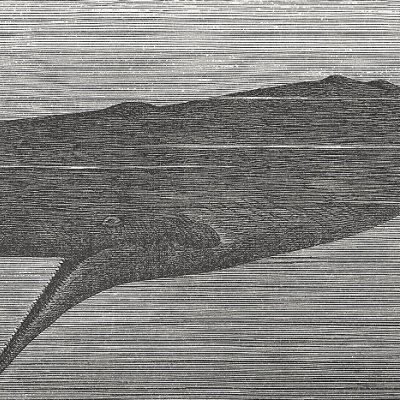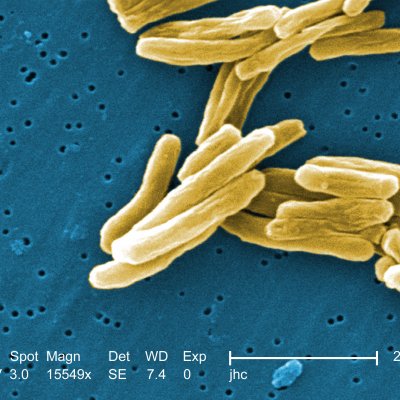Researchers including University of Queensland and Centre of Excellence for Environmental Decisions (CEED) scientists have discovered a handful of “bright spots” among the world’s embattled coral reefs, offering the promise of a radical new approach...
16 June 2016Gathering evidence on the impact of Kenya’s record-breaking ivory burn on elephant conservation should be an urgent priority according to four University of Queensland scientists.
9 June 2016The mining, navigation, minerals exploration and environmental hydrology sectors are set to benefit from new University of Queensland research into quantum technology.
9 June 2016Australians living in remote and isolated communities without modern comforts such as reliable internet and mobile phone reception may no longer need the ‘bush telegraph’ for news thanks to a University of Queensland researcher with an out-of-this-...
31 May 2016Climate change could be affecting Australian spiny mountain crayfish and the animals that live on them, according to an international study that includes University of Queensland research.
25 May 2016The dodo, the passenger pigeon and the Tasmanian tiger are well-known victims of extinction caused by human behaviour, but could their status be used to help conservation efforts from beyond the grave?
18 May 2016Discovering the secrets of how one of the world’s most popular prawn species produces sperm and transfers it to create the next generation could help free aquaculture from reliance on brood stock from the wild.
16 May 2016University of Queensland research is helping identify the safest geological conditions to store CO2 emitted from power plants deep below the surface, to help Australia reduce its emissions in line with the Paris Agreement.
12 May 2016We all know the heart-warming tale of Finding Nemo, but clown fish populations on coral reefs have been declining since the film’s release, due to the popularity of a ‘Nemo’ in household aquariums.
12 May 2016A team of international scientists has unlocked the foraging secrets of manta rays at Lady Elliot Island, which could help conservation efforts for the vulnerable species.
5 May 2016Saltwater crocodiles may help solve male infertility after a remarkable discovery that crocodile sperm, after leaving the testes, behave differently than previously thought.
5 May 2016Termite guts could contribute to mining site rehabilitation and pay big dividends for the planet, thanks to University of Queensland research.
22 April 2016How do you reconcile the recreational needs of a city of two million people with the protection of migratory birds recovering after journeys half way around the planet?
22 April 2016Keen anglers heading out this long weekend should seek a quiet spot or prepare themselves for disappointment, new University of Queensland research shows.
21 April 2016More than half of the corals in many parts of the Great Barrier Reef are dying as unprecedented mass bleaching spreads across Australia’s coral reefs.
20 April 2016Seasickness, snow and sea ice couldn’t keep a University of Queensland scientist from his mission to learn more about Antarctica’s dinosaurs, with the palaeontologist returning from his trip with more than a tonne of fossils.
19 April 2016A team of young physicists from The University of Queensland has made history by becoming the first Australian team to win entry into the International Physicists’ Tournament.
8 April 2016The idea that a sperm whale can use its massive head as a battering ram to sink ships has been hotly debated at least since Moby Dick was published in 1851.
5 April 2016Scientists at the The University of Queensland and the University of California San Francisco have found a new way to inhibit the growth of the bacterium that causes tuberculosis (TB).
5 April 2016New science-based fishery regulations are needed if coral reefs are to have a future in the face of climate change.
5 April 2016- ‹ previous
- 4 of 6
- next ›
